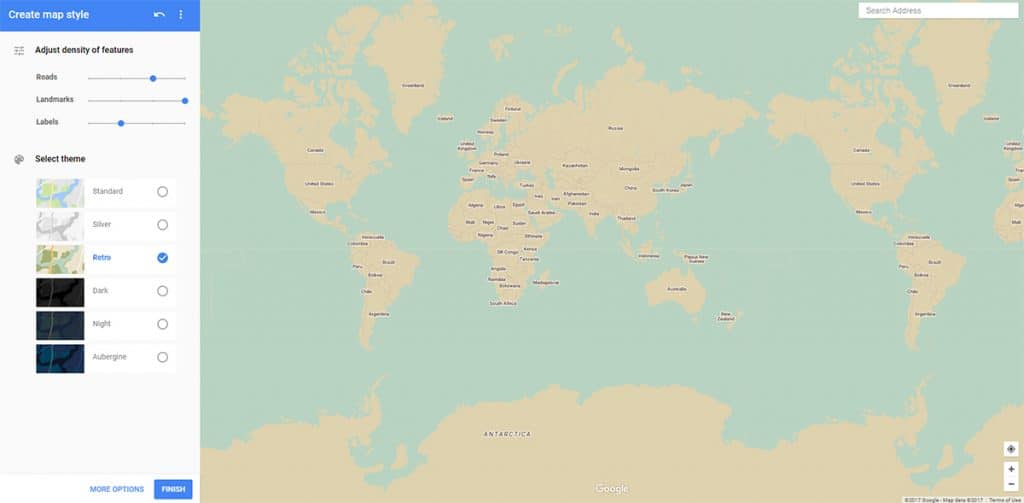
SelectSurfacePoints(Rectangle=, v.ViewSize])# Or SelectPointsThroughĪrrayInfo = e. These are available in the Colormap secon. One workaround consist of extracting visible data to get the visible range and finally apply it on the original data transfer function. The Building Blocks, linear color scales for building data aligned maps.xml imports into ParaView. In paraviews default, its divided into 128 sections (even continual). You can not easily rescale to visible range in python. Hi guys, Im looking for color map hsv divided into 24 sections (like Fluent). It records each action from the interface and when you stop ( Tools/Stop Trace) it prints the python version of those actions. The scalar bar provides a graphical representation of the color map used to. For information, when looking for the python version of an interface action you can use the Trace ( Tools/Start Trace). The top one is the state of this area when the data is color by property. # get opacity transfer function/opacity map for 'p' If this is not helpfull, let us know more details of your datasets so we can help you better you can use the Calculator or Python Calculator to change the name of the scalar array. If they have the same name they will be colored by the same colormap. PLUT.ShowCategoricalColorsinDataRangeOnly = 0 For different colormaps you need different scalar attributes names.
PARAVIEW CUSTOM COLOR MAP UPDATE
PLUT.AutomaticRescaleRangeMode = "Grow and update on 'Apply'" # get color transfer function/color map for 'p'

Paraview.simple._DisableFirstRenderCameraReset() # disable automatic camera reset on 'Show' The following Matlab function writes a Matlab named color map to the Paraview xml color map format. # import the simple module from the paraview You can then click 'Edit color map' -> 'Choose preset' -> 'Import', select the new xml file, and you will see the colors are interpolated along the new color axis you have defined. # for and uncomment the line `# renderView*.ViewSize = `

# To ensure correct image size when batch processing, please search You can undo your changes to the default. A new render view will be created with the custom background color you just saved as default. To see this, click on the + sign next to the tab above the 3D view to create a new layout. Using trace you'd get: # trace generated using paraview version 5.7.0 This will save the new background color as the default for new views.
PARAVIEW CUSTOM COLOR MAP CODE
I want to use the code universally, so manually selecting the data in range with number definition is out of the question.

Running script doesn't give any error but just doesn't do the job of rescaling the colour scheme when compared to same operation done in GUI. I have found this command clipDisplay.SetScalarBarVisibility(renderView1, True) in the Paraview User Guide (Chapter 10.1.2) and placed at the end of Colour Transfer function within paraview tracked script for the clip. I have an automated clip script which i run and as a part of it I would like to have and option to rescale the colour scheme to visible data in range - boolean.


 0 kommentar(er)
0 kommentar(er)
